Participants in the training entitled Physical Safety Of Journalists In Conditions Of War held at the Kyiv Journalists’ Solidarity Center of the National Union of Journalists of Ukraine (NUJU) on Tuesday, February 28, covered the issues of how to prepare for a trip to the front, how to build a business trip route, and how to behave in a combat zone. Stanyslav Yurchenko, a well-known Ukrainian photojournalist and editor of the Graty publication, was the speaker at the training.
As Sergiy Tomilenko, the President of the NUJU, emphasized at the opening of the training, the current war is, unfortunately, known for the fact that the Russian aggressors ignore all international conventions protecting journalists as representatives of the peaceful profession. So, the inscription ‘PRESS’ does not stop the occupiers from attacking. Moreover, journalists often become desirable target for the Russian military.
“The invaders understand independent media as a ‘threat’ for them,” said Sergiy Tomilenko. “After all, journalists are taking Ukrainians and Russians themselves out of the propaganda bubble created by the so-called Russian mass media. Therefore, the safety of journalists is a priority for the Union.”
The NUJU President said that in this difficult time for Ukraine, the Ukrainian, European, and international community must be well informed about what is happening in our country, at the front, near the front, and in the de-occupied territories. The Union is destined to help media workers in this. But it is vital that such necessary information is not created at the cost of journalists’ lives to minimize risks because life is above everything.
With the assistance of international organizations, protective equipment rental points were created throughout the NUJU‘s network of the Journalists’ Solidarity Centers, where any media worker (both Ukrainian and foreign) going to a hot spot can get a set of protective equipment free of charge: bulletproof vests, helmets, and tactical first aid kits. So far, the NUJU has received 250 high-quality bulletproof vests from international partners.
“One of the important aspects of a journalist’s safety is knowledge,” emphasized Sergiy Tomilenko. “Therefore, we are conducting a series of educational trainings for Ukrainian colleagues within the cycle called Journalists’ Safety. We invite authoritative trainers with extensive knowledge and skills acquired through practice to these events. Physical security training is being held today. It is adapted to journalists’ trips to hot spots, and today’s coach, Stanyslav Yurchenko, has a lot of experience in this area.
Starting the training, the first thing, Stanyslav talked about was general advice for those journalists who work in dangerous regions of Ukraine.
“The most dangerous for journalists, apart from the front itself, are the front-line and de-occupied territories as they come under constant shelling,” said Stanyslav Yurchenko. “Mykolayiv used to be such a place, now Kherson, Kharkiv, which are and will be targeted at with S-300 system missiles. It is difficult to intercept them by air defense forces; they reach their targets, peaceful Ukrainian cities. And practice shows that the Russians will continue such shelling. It is necessary to prepare for such work both physically and mentally.
According to the photojournalist in Kherson and Bakhmut, the level of danger demands you walk around the towns in a bulletproof vest and a helmet. In Kharkiv and Zaporizhzhia, walking without protective equipment is possible, but finding a safer place in response to every air alert is necessary. However, all journalists traveling to these towns must have protective equipment.
“If we go to film the site of a missile or rocket hit before the air strike, it is necessary to wear a bulletproof vest and a helmet. In general, they protect not only from bullets but also various debris… Protective equipment will save you,” said Stanyslav Yurchenko.
The journalist emphasized that it is necessary to practice the skills of using protective equipment at home. It would be best if you learned to put on a bulletproof vest, helmet, and backpack, go up and down the stairs, sit, and lie down with the equipment on you.
“You should not do these exercises for the first time, for example, somewhere near Bakhmut or in Kherson. It is at home where you have to understand how hardy you are,” says Stanyslav Yurchenko. “You are going to work in a war zone. And will you be able to do it if you are not physically ready? For example, walking in a helmet for more than three hours is not recommended. It is right. But if you go to Bakhmut, you should understand that you can be there for 12 hours or even a whole day.”
It is essential that the bulletproof vest fits your size and that the plate in it is in its place.
“Here is a tip: Use all the gear you have. Protect your eyes, ears, head, and body, have a first aid kit, and know how to apply a tourniquet. This is your life. Tactical glasses, headphones, body armor, a helmet, a first-aid kit, all this must be in a journalist’s possession,” emphasized Stanyslav Yurchenko.
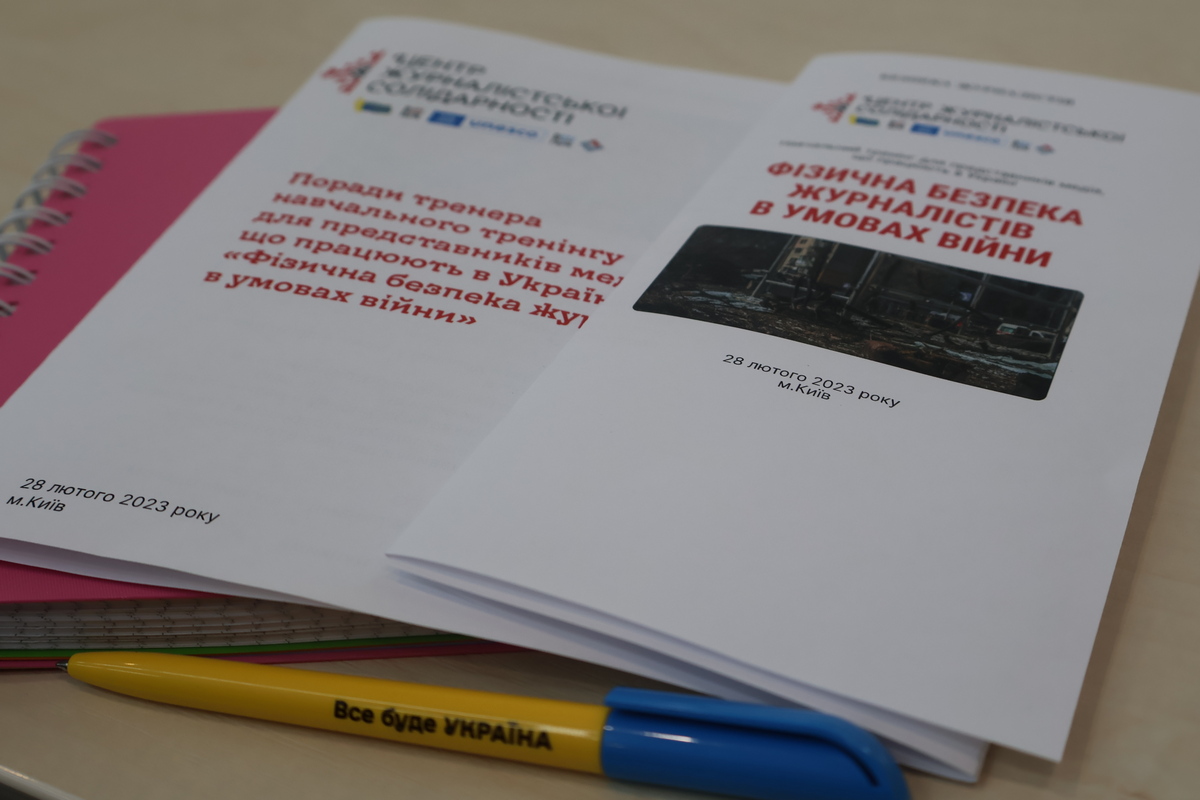
The training was highly appreciated by the participants.
“Although journalists are representatives of a peaceful profession, it is very important to undergo training that will allow them to perform their work even in wartime effectively,” Kherson-based journalist Vladyslav Hladkyi is convinced. “I am incredibly grateful to the NUJU for this series of safety trainings on mine safety, tactical medicine, and physical safety of a journalist while working in wartime. This knowledge will allow us to apply our professional skills even during the war: to take an informative photo, create a report, and at the same time not endanger ourselves or those around us.
“The training is exciting and effective,” says Oleksandr Hunko, the Nova Kakhovka.city website editor. “For me, such information is very useful because I am waiting for the de-occupation of my native town of Nova Kakhovka. I will know how to prepare for my return and what documents to make. I will pass on new knowledge to my editorial colleagues and colleagues from my city and my district, who are also preparing to return home.
As earlier reported, the Journalists’ Solidarity Centers is an initiative of the NUJU implemented with the support of the International and European Federations of Journalists and UNESCO. The initiative is designated to help media representatives working in Ukraine during the war. The Centers operate in Kyiv, Lviv, Ivano-Frankivsk, Chernivtsi, Zaporizhzhia, and Dnipro and provide journalists with organizational, technical, legal, psychological, and other types of assistance.
UNESCO is the United Nations Educational, Scientific, and Cultural Organization. It contributes to peace and security by promoting international cooperation in education, sciences, culture, communication, and information. UNESCO promotes knowledge sharing and the free flow of ideas to accelerate mutual understanding. It is the coordinator of the UN Action Plan on the Safety of Journalists and the Issue of Impunity, which aims to create a free and safe environment for journalists and media workers, thus strengthening peace, democracy, and sustainable development worldwide. UNESCO is working closely with its partner organizations in Ukraine to provide support to journalists on the ground.
The designations employed and the presentation of material throughout this digest do not imply the expression of any opinion whatsoever on the part of UNESCO concerning the legal status of any country, territory, city, or area or its authorities or concerning the delimitation of its frontiers or boundaries.
The authors are responsible for the choice and the presentation of the facts contained in this digest and for the opinions expressed therein, which are not necessarily those of UNESCO and do not commit the Organization.
NUJU information service
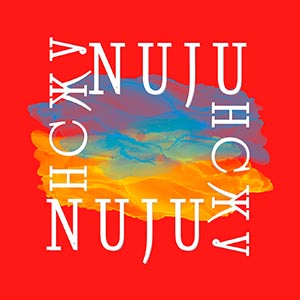
 THE NATIONAL UNION OF
JOURNALISTS OF UKRAINE
THE NATIONAL UNION OF
JOURNALISTS OF UKRAINE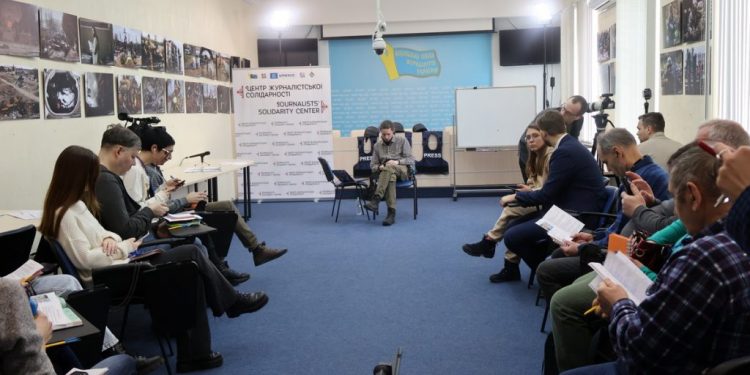
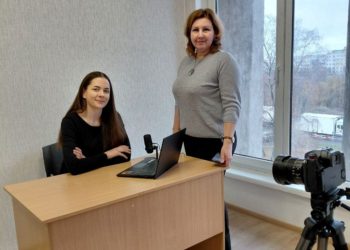
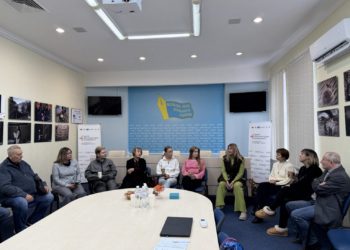
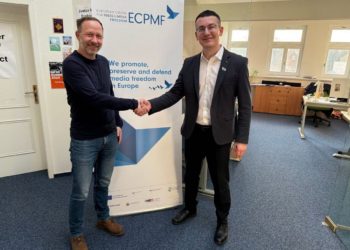
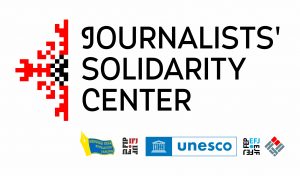
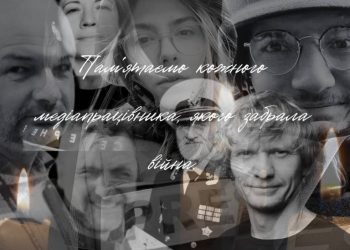







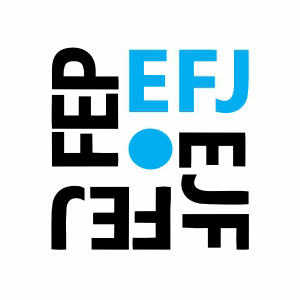



Discussion about this post